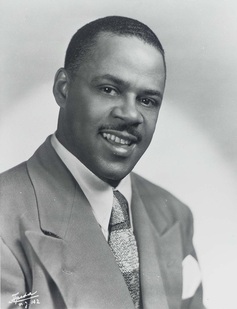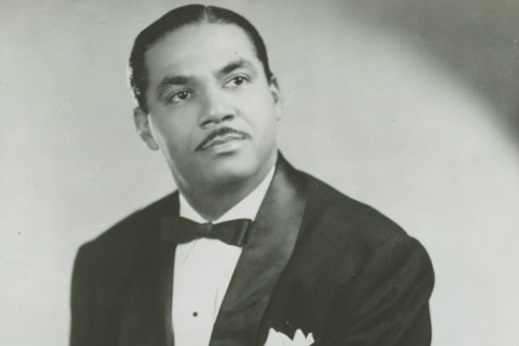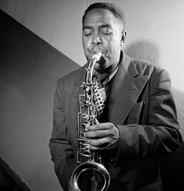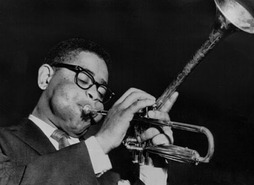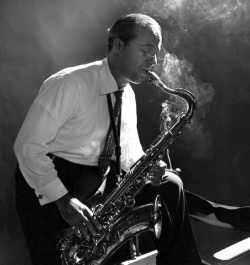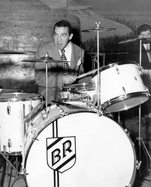The combination of mambo and jazz reached the peak of its expression through bandleader Machito (Frank Grillo) and his Afro-Cuban, big-band orchestra. Mario Bauza, their musical director and Machito's brother-in-law, brought together percussive Cuban rhythms in a jazz band arrangement. This integration took place in New York City, not Havana. The band incorporated Latin instruments such as the congas, bongos, and timbales. They also introduced the clave rhythm and set the model in Afro-Cuban dance music. The Machito Afro-Cubans were the first multi-racial band made up of African-Americans, Latinos, and Anglos. Some famous musicians included Charlie Parker, John Birks "Dizzy" Gillespie, Flip Phillips, and Buddy Rich.
Clave is the rhythm used in Afro-Cuban music. It features one measure of syncopation and one of non-syncopation. The 3-2/2-3 clave concept and terminology was developed in New York during the 1940s by Mario Bauza. The first Afro-Cuban fusion to be based in clave was “Tanga” (1942) composed by Mario Bauza and recorded by Machito and His Afro-Cubans. It depended on a soloist’s individuality, explored modal harmony, and featured tenor saxophonist Flip Phillips in a five-minute recording. The piano guajeo (Cuban ostinato melody) is in a style called ponchando (non-arpeggiated chords). It can be played repetitively or as a varied motif similar to jazz comping (accompaniment). In “Que Vengan los Rumberos,” the chord progression moves from the two-sided (2-3), to the three-sided (3-2), and back to two-sided (2-3) clave.
